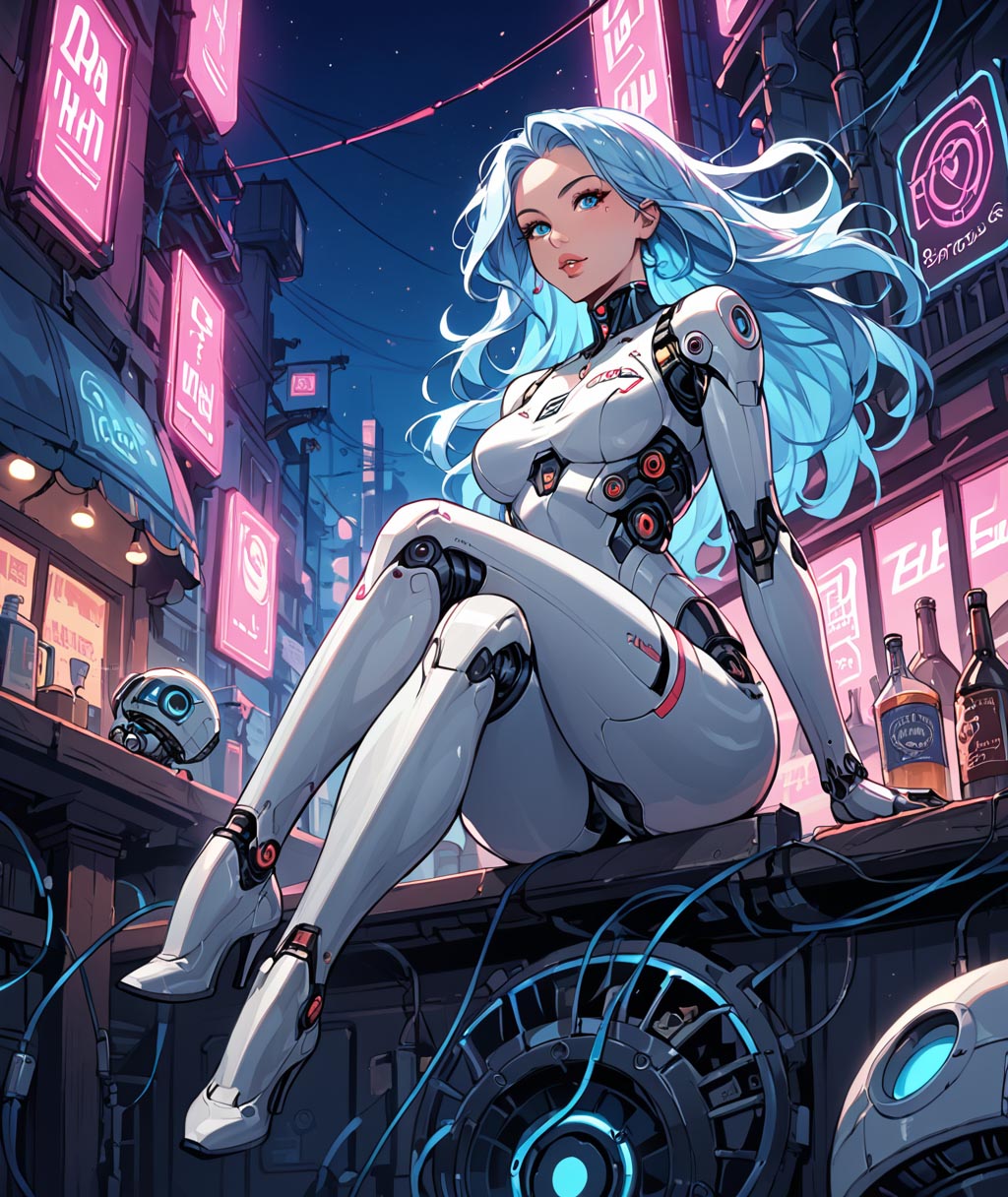The Evolution of 3D Creativity in the Age of AI
In recent years, artificial intelligence has made significant strides, impacting every creative field, including digital 3D modeling. From open-source software like Blender to professional platforms such as DAZ3D and Poser, AI is revolutionizing how artists design and create their work.
But what does all this mean for the future of 3D creation? Do AI-based tools represent an extraordinary opportunity or a risk to the traditional role of the modeler? In this article, we will delve into the implications of this innovative technology, analyzing its advantages, challenges, and future prospects.
The Impact of AI on Digital 3D Model Creation
1. Positive Consequences of AI in 3D
AI is simplifying and accelerating the processes involved in 3D modeling. Here are the main benefits:
- Automation and Speed: Tools like Nvidia Omniverse or generative AI integrated into graphic software enable the creation of complex models in record time. For instance, automatic texturing analyzes a model's surface to apply consistent materials, saving hours of manual work.
- Procedural Generation: Using algorithms to create environments, characters, or objects allows artists to explore an incredible range of variations, providing them with inspiration.
- Customization and Adaptability: Artists can start with an AI-generated base model and modify it to suit their creative needs.
2. Risks and Challenges
Despite the advantages, AI brings significant challenges:
- Devaluation of Creative Work: If 3D models can be created with just a few clicks, the perceived value of a modeler’s work might decrease. This risk is particularly concerning for less experienced or early-career professionals.
- Intellectual Property: Machine learning algorithms are often trained on large datasets that include copyrighted works. This could lead to legal disputes and ethical concerns regarding the origins of AI-generated models.
- Dependence on Technology: If artists rely exclusively on AI tools, there’s a risk of losing fundamental technical skills.
3. Compatibility with Blender, DAZ3D, and Poser
The use of AI-generated models is already a reality in many modeling and animation software platforms. Here are some implications:
- Blender: Blender’s open-source community offers plugins like "Material Maker" or "AI Render," which integrate AI capabilities for texturing, sculpting, and rendering. This expands creative possibilities at no additional cost.
- DAZ3D and Poser: These platforms, known for character creation and animation, could benefit from AI-generated models by offering pre-rigged, ready-to-animate figures. However, it’s crucial that the models adhere to standard formats like FBX and OBJ to ensure compatibility.
- Standardization: Building pipelines that incorporate AI requires file formats, materials, and model hierarchies to be compatible across software and rendering engines.
4. Future Prospects
The role of AI in the 3D sector seems destined to grow. Here are some trends and future scenarios:
- Human-Machine Collaboration: Artists might use AI not just as a creative tool but also to speed up iterations and experiments. AI could generate alternative versions of a model, allowing artists to choose and refine the best one.
- Quality Standards: With the proliferation of automatically generated models, it will become necessary to establish standards to assess quality, realism, and ethical resource use.
- Democratization of 3D Creation: AI could drastically lower the barrier to entry for new creators, enabling anyone to produce professional-grade 3D content without extensive training. This could spark a boom in indie game development, animation, and AR/VR applications.
Should We Fear AI When It Comes to Creativity?
In my opinion, the answer is no. History teaches us that humans are capable of achieving extraordinary and awe-inspiring things. While it’s true that every new discovery brings a revolution, humanity has always found ways to harness these changes, drawing out their full potential to create something remarkable. From these transformations, we’ve reached unparalleled milestones, both technologically and artistically.
What I mean is that human art and imagination can never truly be replaced. On the contrary, they can continue to evolve and improve, fueled by the fresh inspiration and opportunities brought by new inventions. After all, there is no evolution without revolution.
Conclusion: Opportunities and Responsibilities in the Future of 3D with AI
Artificial intelligence is rapidly transforming the landscape of 3D content creation, offering powerful tools to enhance productivity and expand creative possibilities. However, this transformation brings with it ethical, legal, and professional challenges that cannot be ignored.
Artists and developers who embrace AI as an ally, rather than fear it as a competitor, will be able to maximize its potential. At the same time, it will be essential to ensure that the use of AI is fair, ethical, and respectful of the rights of all creators.
In this new scenario, the balance between technology and human creativity will be the key to a future where the possibilities offered by AI become a tool to enrich—not replace—the unique contribution of every artist.








Leave a Comment